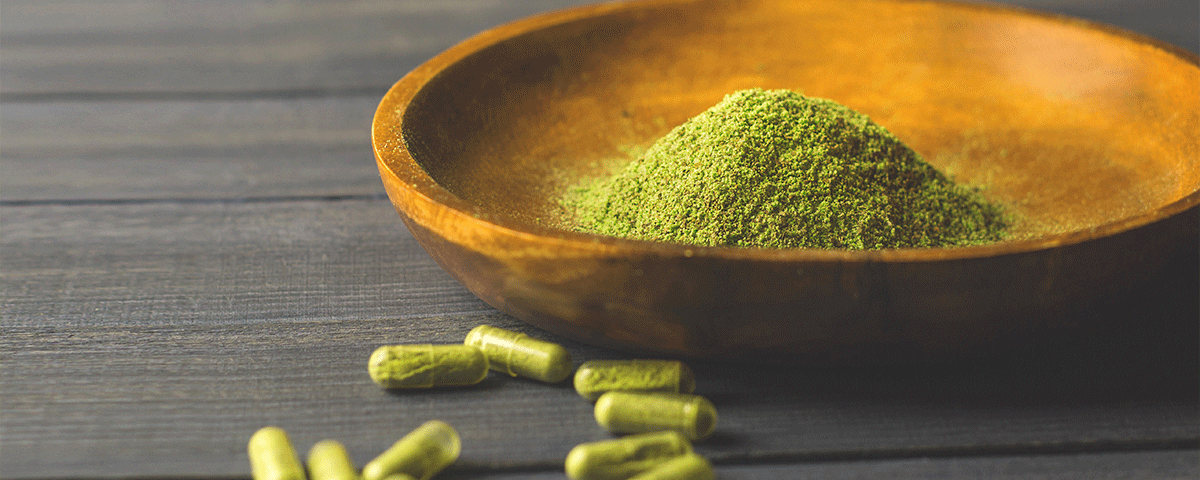Buying Kratom Can Offer Effective Solutions for Chronic Pain Sufferers
Kratom, a tropical tree native to Southeast Asia, has garnered significant attention as a potential remedy for chronic pain. With its complex alkaloid profile, kratom has been utilized traditionally in countries like Thailand and Malaysia for various purposes, including pain relief, mood enhancement, and increased energy. Kratom Mitragyna speciosa contains several active compounds, most notably mitragynine and 7-hydroxymitragynine. These alkaloids interact with the body’s opioid receptors, similar to how opioid medications function, but with potentially different effects. Depending on the dosage and strain, kratom can produce a range of effects from stimulation and euphoria to sedation and pain relief.

Pain Relief Mechanism
For individuals suffering from chronic pain, kratom’s analgesic properties can be appealing. The compound mitragynine primarily binds to the mu-opioid receptors in the brain, which are involved in pain perception. By influencing these receptors, kratom may reduce the perception of pain and provide relief for those with conditions like arthritis, fibromyalgia, or lower back pain. Kratom is also known for its potential anti-inflammatory properties. Chronic inflammation often contributes to persistent pain, and by reducing inflammation, kratom could help alleviate some of the underlying causes of discomfort. This dual action pain relief and inflammation reduction makes kratom a noteworthy option for those seeking alternatives to traditional pain medications.
Usage and Dosage
The effects of kratom can vary significantly based on the strain and dosage. Generally, lower doses of kratom tend to be stimulating and may increase energy levels, while higher doses are more likely to produce sedative effects and significant pain relief. Common strains include red, white, and green vein varieties, each with distinct characteristics. Red vein strains are often recommended for pain relief and relaxation, while white vein strains are more stimulating and energizing. It is crucial for users to start with a low dose and gradually increase as needed while closely monitoring their body’s response. This approach helps mitigate the risk of adverse effects and allows users to find the optimal dosage for their individual needs.
Safety and Considerations
While kratom can offer pain relief, it is not without potential risks. The lack of standardized dosing and regulation means that quality and potency can vary between products, which may increase the risk of adverse effects. Some users report side effects such as nausea, constipation, dizziness, and in rare cases, more severe reactions. Long-term use can also lead to dependence or withdrawal symptoms, particularly if used in high doses. Additionally, kratom’s legal status varies by region. In some areas, it is classified as a controlled substance, while in others, it is available over the counter.
The most potent kratom for pain presents a promising alternative for chronic pain sufferers, offering both analgesic and anti-inflammatory benefits. Its effectiveness, however, depends on proper usage and individual response. For those considering kratom as a solution for chronic pain, it is essential to approach it with caution, ensuring that usage is informed and monitored. Consulting with healthcare professionals and staying informed about local regulations can further help in navigating the potential benefits and risks associated with kratom.

